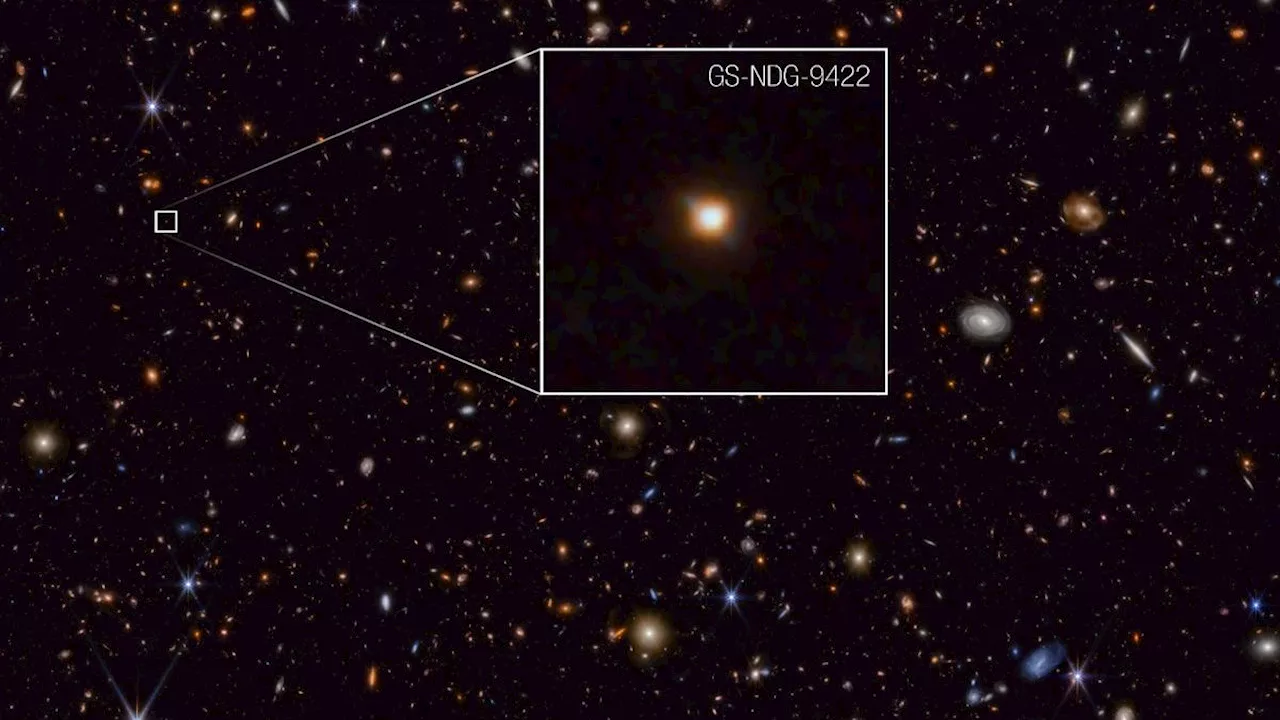The James Webb Space Telescope (JWST) has discovered a peculiar galaxy named GS-NDG-9422, existing just one billion years after the Big Bang. This galaxy's gas outshines its stars, potentially revealing a missing link in galactic evolution.
The James Webb Space Telescope has found a bizarre galaxy in the early universe whose gas outshines its stars, marking it out as a possible missing link in galactic evolution.
"My first thought in looking at the galaxy's spectrum was, 'that's weird,' which is exactly what the Webb telescope was designed to reveal: totally new phenomena in the early universe that will help us understand how the cosmic story began," lead researcher Alex Cameron, an astronomer at the University of Oxford, said in a statement.
Astronomers also aren't certain of the types of stars that formed in the early universe, or the time they took to ignite. Yet, as the only material emitted by the Big Bang was hydrogen and helium, the original, primordial stars are thought to have been extremely large, very bright and incredibly hot.
To search for evidence of the earliest stars, the researchers pointed the JWST at an extremely distant region of the sky. Light travels at a fixed speed through the vacuum of space; this means that the deeper we look into the universe, the further back in time we see as we detect light coming from ever more remote sources.
James Webb Telescope Galaxy Evolution Early Universe Star Formation Bizarre Celestial Object
United States Latest News, United States Headlines
Similar News:You can also read news stories similar to this one that we have collected from other news sources.
 James Webb Space Telescope finds 6 wandering 'rogue' planets that formed just like starsKeith Cooper is a freelance science journalist and editor in the United Kingdom, and has a degree in physics and astrophysics from the University of Manchester.
James Webb Space Telescope finds 6 wandering 'rogue' planets that formed just like starsKeith Cooper is a freelance science journalist and editor in the United Kingdom, and has a degree in physics and astrophysics from the University of Manchester.
Read more »
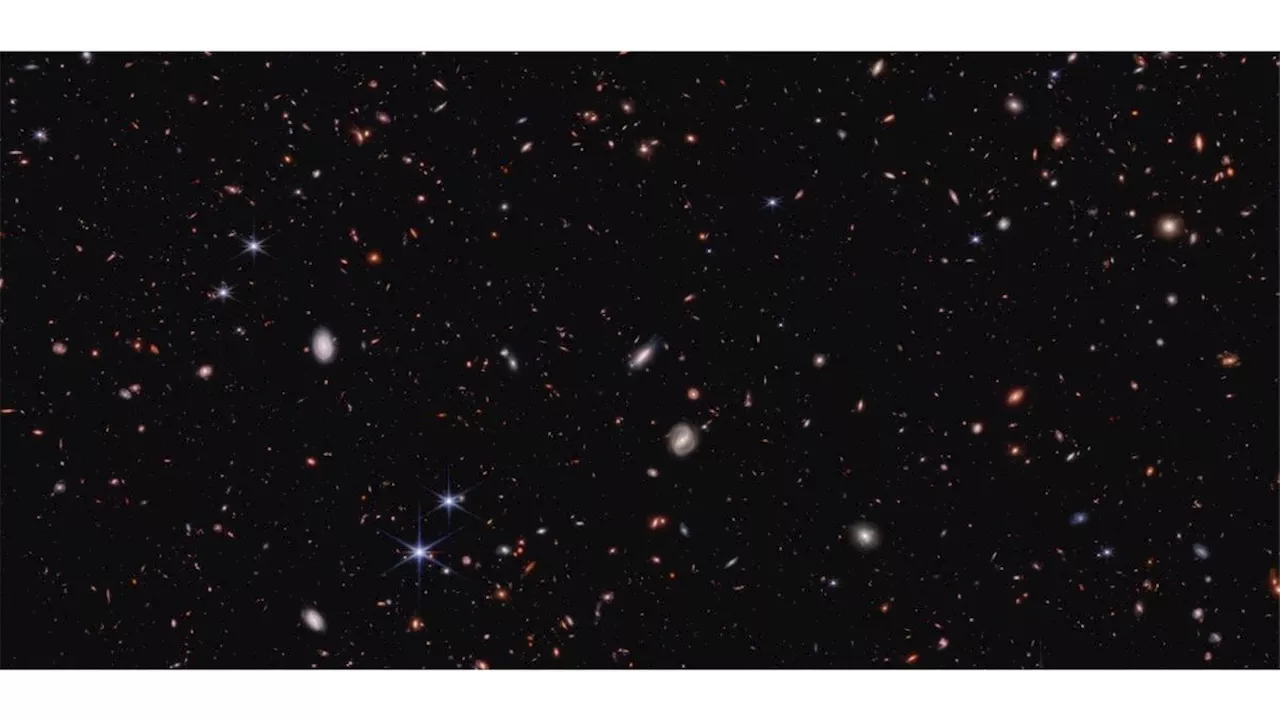 Early galaxies weren't mystifyingly massive after all, James Webb Space Telescope findsCharles Q. Choi is a contributing writer for Space.com and Live Science. He covers all things human origins and astronomy as well as physics, animals and general science topics. Charles has a Master of Arts degree from the University of Missouri-Columbia, School of Journalism and a Bachelor of Arts degree from the University of South Florida.
Early galaxies weren't mystifyingly massive after all, James Webb Space Telescope findsCharles Q. Choi is a contributing writer for Space.com and Live Science. He covers all things human origins and astronomy as well as physics, animals and general science topics. Charles has a Master of Arts degree from the University of Missouri-Columbia, School of Journalism and a Bachelor of Arts degree from the University of South Florida.
Read more »
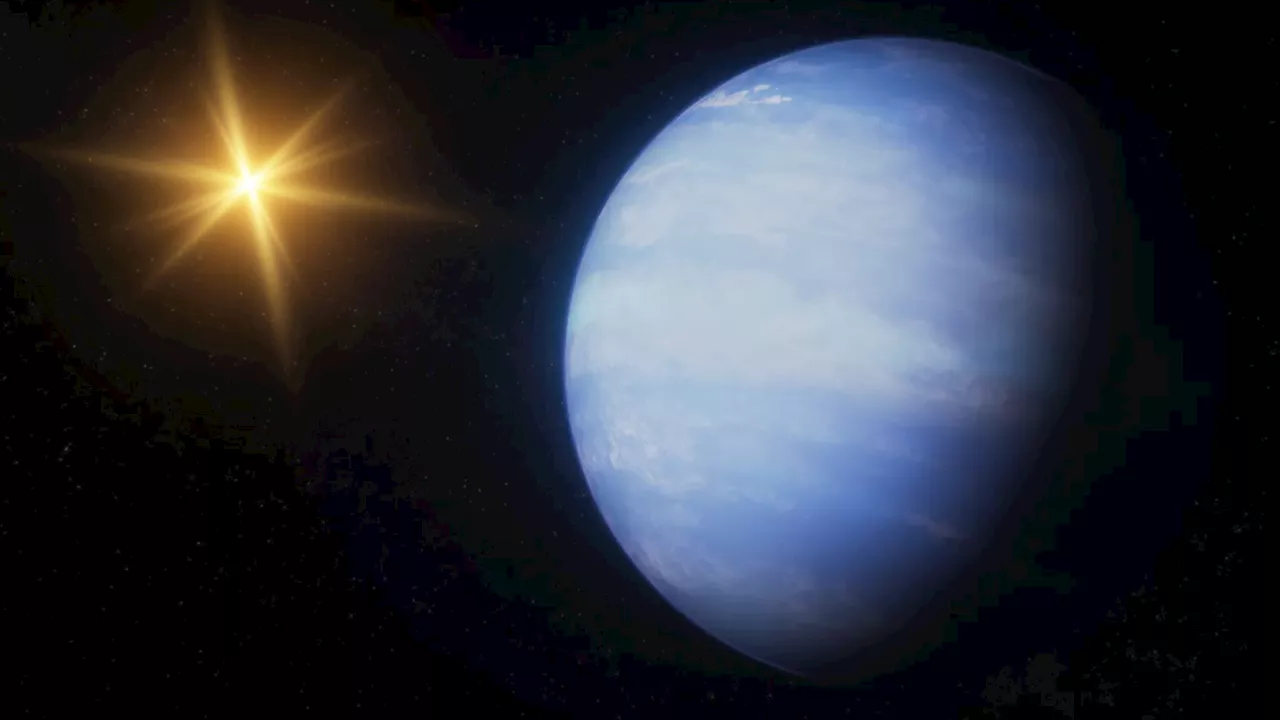 James Webb Space Telescope finds 'puffball' exoplanet is uniquely lopsidedRobert Lea is a science journalist in the U.K. whose articles have been published in Physics World, New Scientist, Astronomy Magazine, All About Space, Newsweek and ZME Science. He also writes about science communication for Elsevier and the European Journal of Physics. Rob holds a bachelor of science degree in physics and astronomy from the U.K.
James Webb Space Telescope finds 'puffball' exoplanet is uniquely lopsidedRobert Lea is a science journalist in the U.K. whose articles have been published in Physics World, New Scientist, Astronomy Magazine, All About Space, Newsweek and ZME Science. He also writes about science communication for Elsevier and the European Journal of Physics. Rob holds a bachelor of science degree in physics and astronomy from the U.K.
Read more »
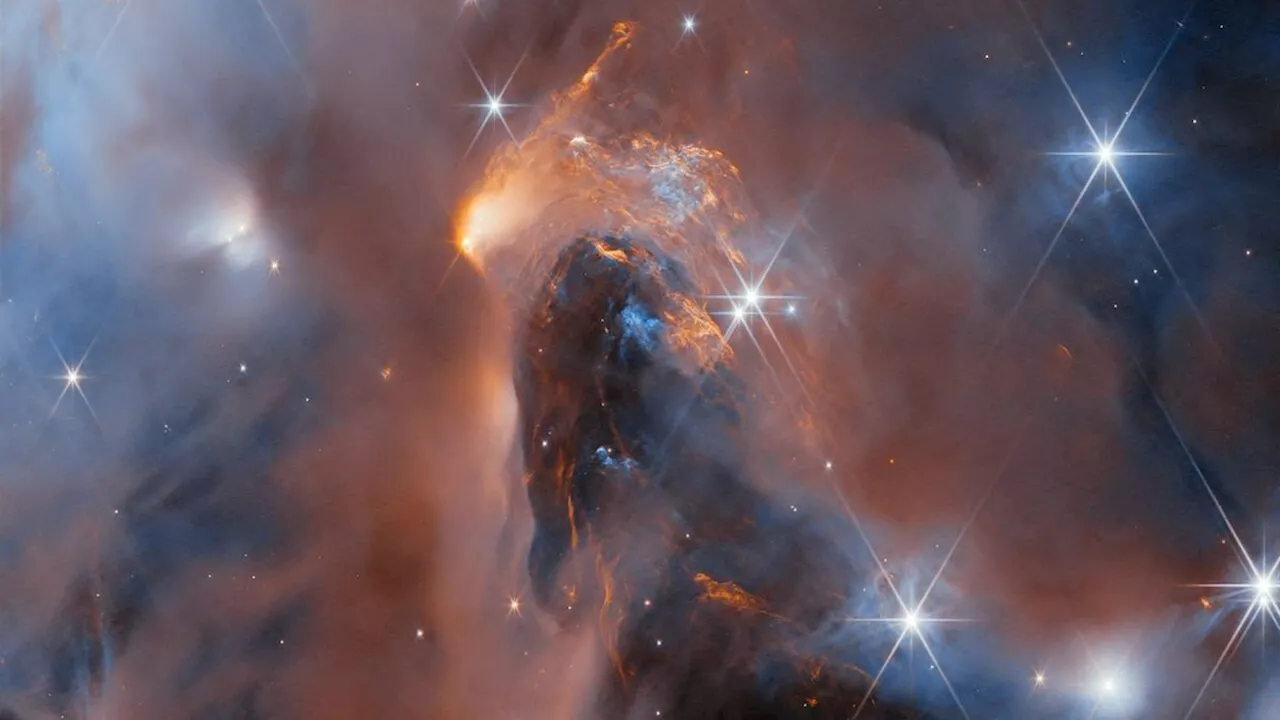 James Webb telescope spots 6 enormous 'rogue planets' tumbling through space without a starBen Turner is a U.K. based staff writer at Live Science. He covers physics and astronomy, among other topics like tech and climate change. He graduated from University College London with a degree in particle physics before training as a journalist.
James Webb telescope spots 6 enormous 'rogue planets' tumbling through space without a starBen Turner is a U.K. based staff writer at Live Science. He covers physics and astronomy, among other topics like tech and climate change. He graduated from University College London with a degree in particle physics before training as a journalist.
Read more »
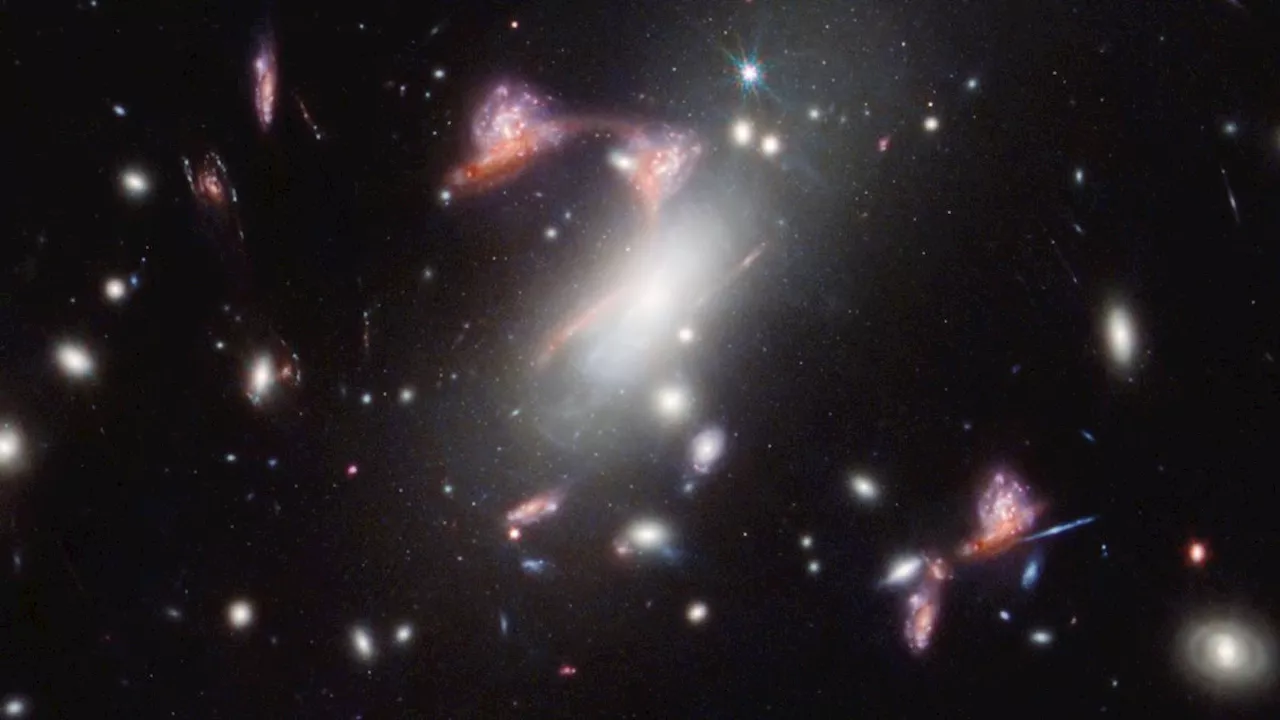 James Webb Space Telescope zooms in on giant question mark in space (image)Sharmila Kuthunur is a Seattle-based science journalist covering astronomy, astrophysics and space exploration. Follow her on X skuthunur.
James Webb Space Telescope zooms in on giant question mark in space (image)Sharmila Kuthunur is a Seattle-based science journalist covering astronomy, astrophysics and space exploration. Follow her on X skuthunur.
Read more »
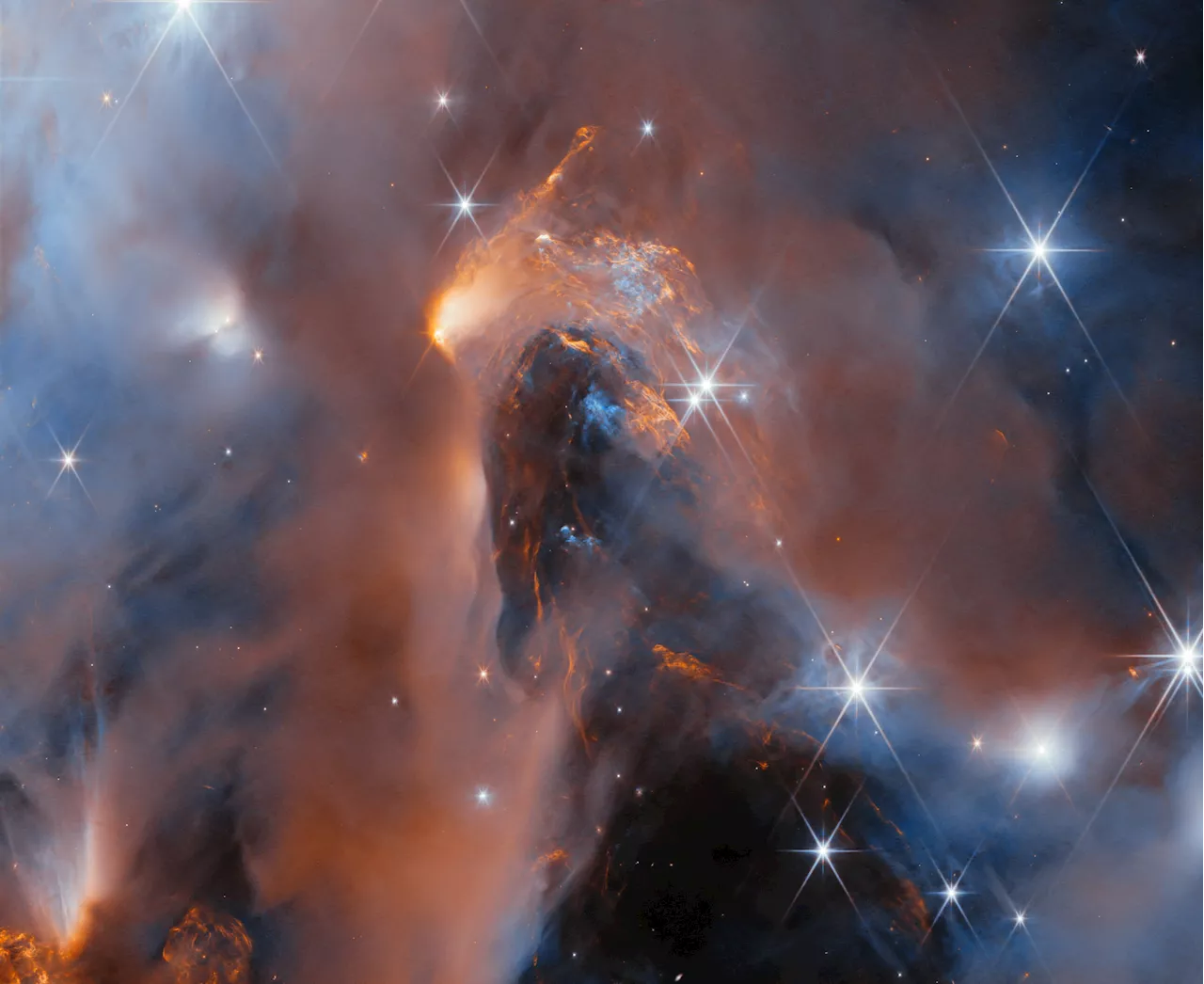 Image: James Webb Space Telescope observes nearby star-forming region NGC 1333 in infraredNASA's James Webb Space Telescope has infrared vision that lets us peer through the dusty veil of nearby star-forming region NGC 1333.
Image: James Webb Space Telescope observes nearby star-forming region NGC 1333 in infraredNASA's James Webb Space Telescope has infrared vision that lets us peer through the dusty veil of nearby star-forming region NGC 1333.
Read more »
